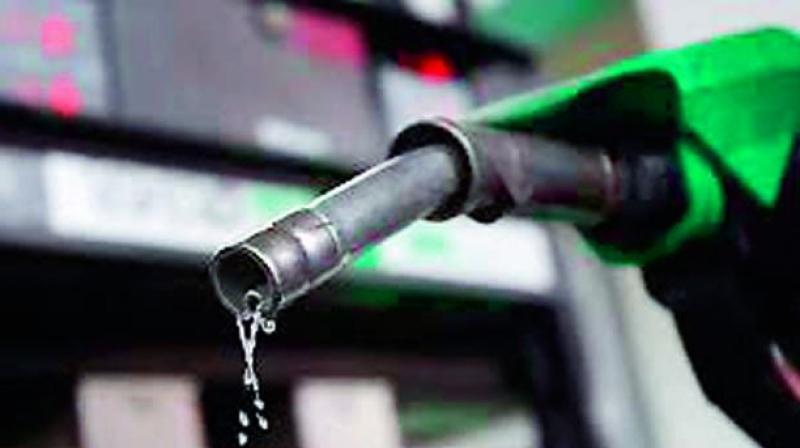The math behind fuel prices

India is considered as a refining hub with one of the most complex refineries in the world. These refineries not only meet domestic fuel demand but also cater to the global fuel demand. The government has deregulated domestic retail fuel prices — petrol in June 2010 and diesel in October 2014 — which means consumers will be charged based on internationally traded prices. Going by this logic, retail fuel prices should move in tandem with international prices. In 2014, crude was trading at a high of $115/bbls but later corrected to as low as $28/bbls. Currently, it is trading at $56/bbls but retail consumers did not fully benefit from the lower oil price as the government increased taxes (excise duty).
The government had between November 2014 and January 2016 raised excise duty on petrol and diesel on nine occasions. When the retail prices remain somewhat elevated, the government is being forced to cut excise duties partly forfeiting its fiscal receipts from the petroleum sector. Recently, the excise duty was reduced on diesel and gasoline by Rs 2 per litre (first change since February 2016). Although, it was passed on to the end consumers, the taxes are still very high. The cut in excise duty is to tame inflation and shield consumers from the surging prices.
As per sources, a reduction in petrol/diesel prices will lower Consumer Price Index-based inflation by 8-9 basis points in terms of the direct impact. The CPI inflation rate rose to 3.36 per cent in August from 2.36 per cent in July. Currently, the total tax on diesel is 43 per cent of retail sale price and on petrol is 56 per cent of retail sale price. The benefit of lower international prices is retained by government itself. We are bullish on crude oil prices and expect higher international fuel oil prices.
On the flip side, the taxes collected will be utilised for infrastructure development. We believe this a right strategy for funding infrastructure development and meeting social sector schemes. The move to cut the excise duty will also positively impact the economy as it would help indirectly boost growth by decreasing input costs in various sectors. On the growth front, the duty cut would provide some boost to consumption. But that is unlikely to move the needle much. The reduction in excise duty will reduce fiscal receipts by about Rs 130 billion for 2HFY18 or Rs 260 billion on an annualised basis. The government’s fiscal deficit target of 3.2 per cent of the GDP is at risk, considering it has already stretched fiscal finances due to front-loaded spending for the first five months this year. We note that there could be a slippage of 25-70 basis points depending on the extent of revenue shortfall and expenditure pattern. There are also talks of petrol and diesel be introduced into GST but we believe this will be really difficult in the current state of GST.
(The author is deputy vice-president, research, Kotak Securities)

